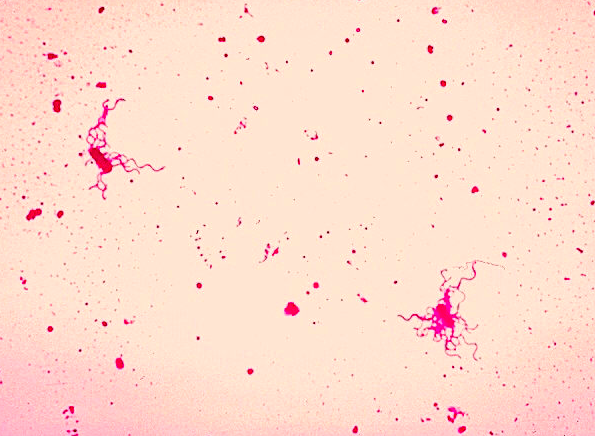Bacteria vs. Cancer

Image of Clostridium Novyi
October 9, 2018
This past week on September 30th at the Fourth International Cancer Immunotherapy Conference in New York City, information was presented regarding the use of bacteria to treat cancerous tumors. It was concluded that certain bacteria can help treat cancer. The bacteria can stop the growth of cancerous tumors and even reduce their size.
The science behind how this treatment works is actually quite simple. First, a doctor injects a tumor with a mix of dead bacteria, usually bacteria that when together create a worse infection. The infection attacks the tumor and when the body notices the infection it sends lymphocytes to kill the infection. However, the lymphocytes have the added effect of killing the cancerous cells. The method effectively turns the body’s immune system on the cancerous growths and eliminates them without severe damage to the affected person.
Using bacteria to treat tumors is not a new technique either. In the late 1800s a doctor, Dr. William Coley, injected killed bacteria vaccines, that is bacteria that has been grown in a culture and then killed, usually with heat, into tumors and noticed that the infection either stopped growth or even reduced the size of the growths. However, due to Coley’s lack of proof to support his methods, as well as very little attention to cancer research considering standard infection research and understanding was almost nonexistent, his extremely effective treatments were superseded by more general, albeit dangerous, radiation therapy and chemotherapy.
Altogether, hopefully, advancements will be made quickly in the research of using bacteria to treat cancer. Perhaps it can be expanded to be more effective against non-carcinoma cancers and maybe will one day be the prevailing method of cancer treatment as it is less invasive than surgery, less expensive than chemotherapy, and less dangerous than radiation therapy.